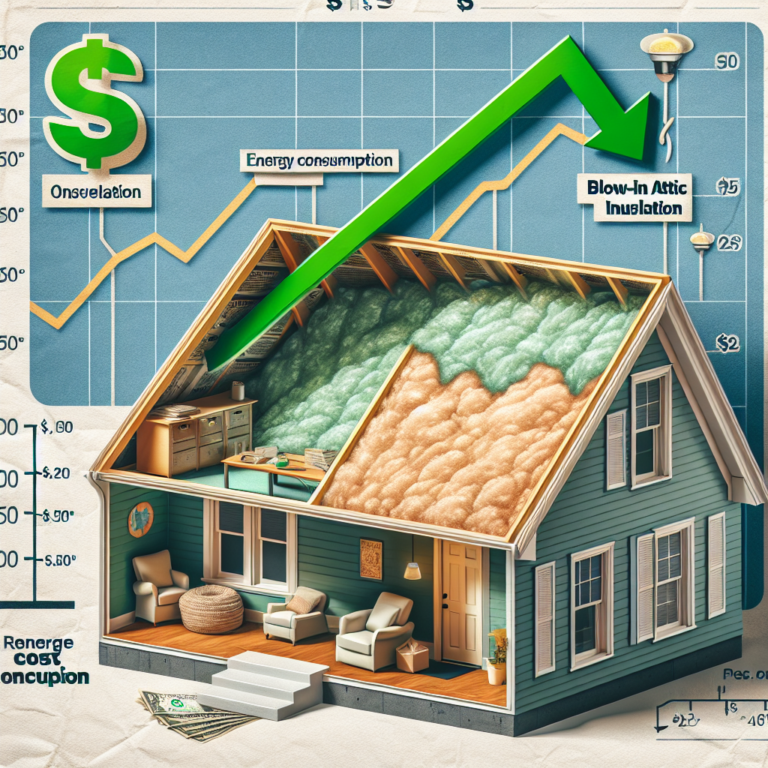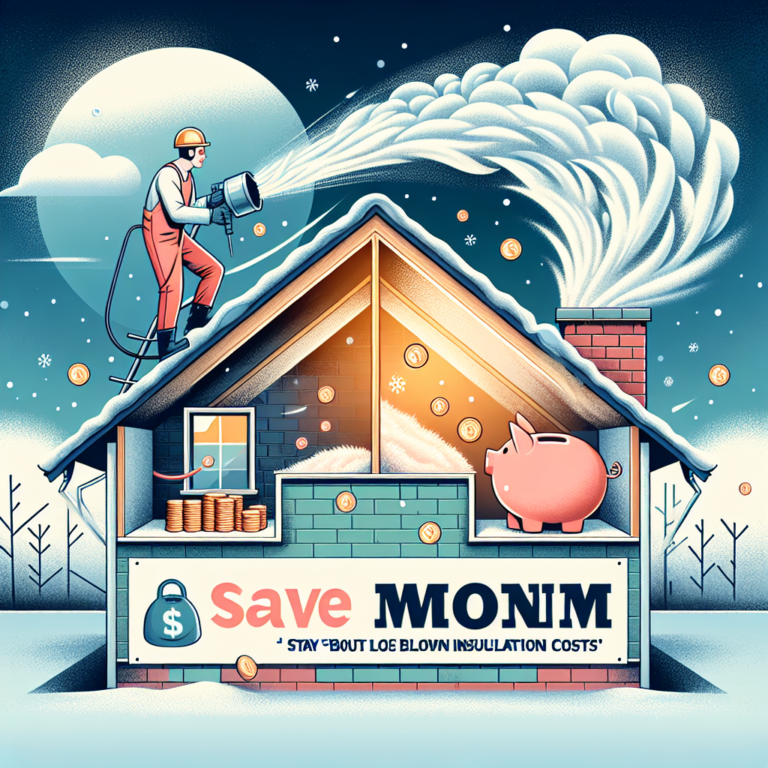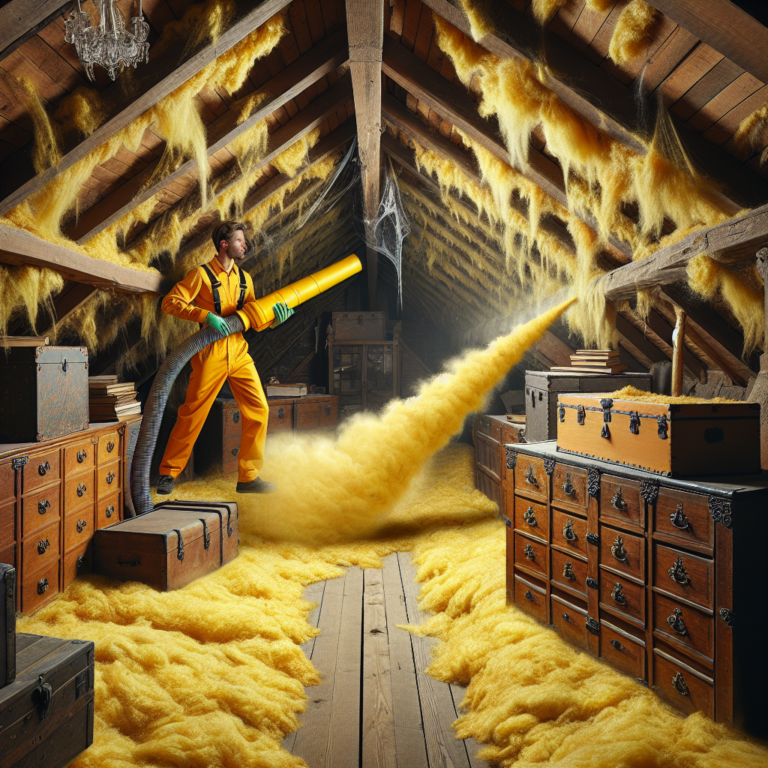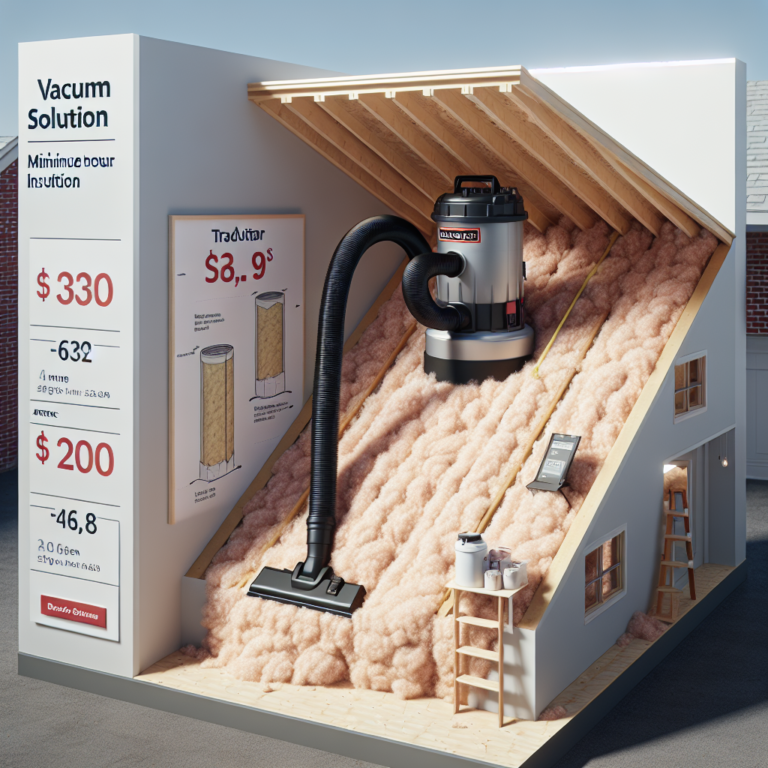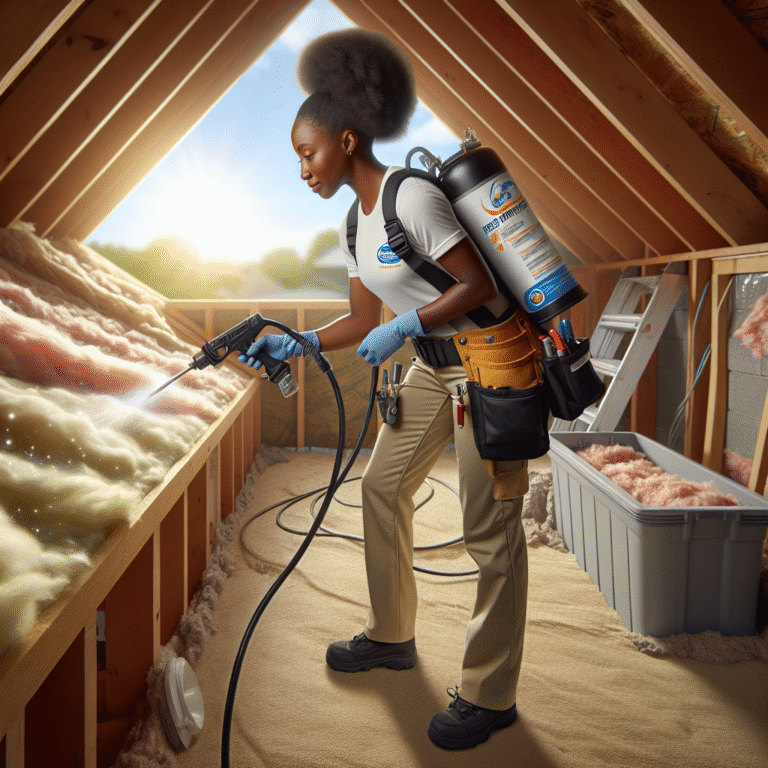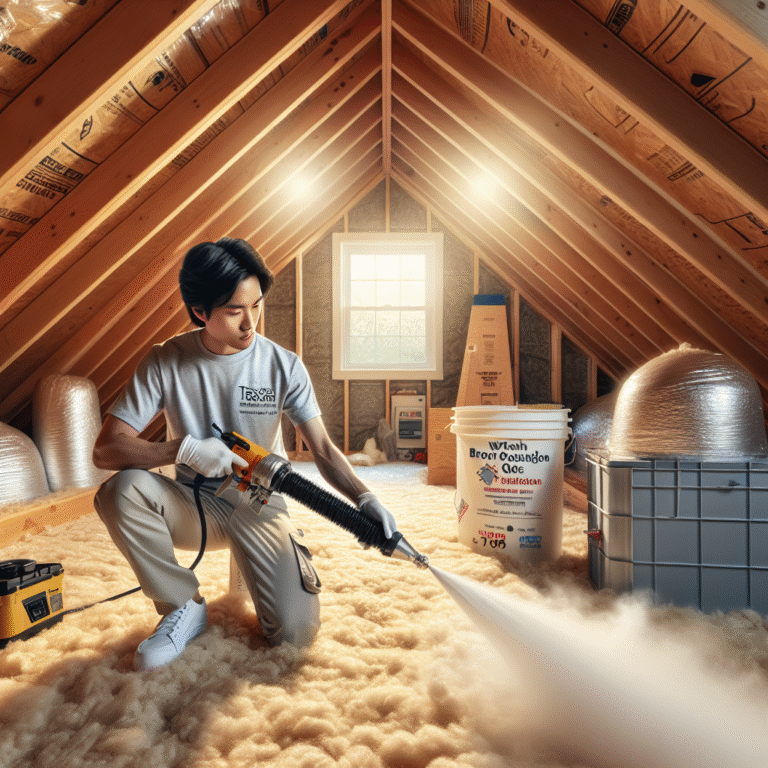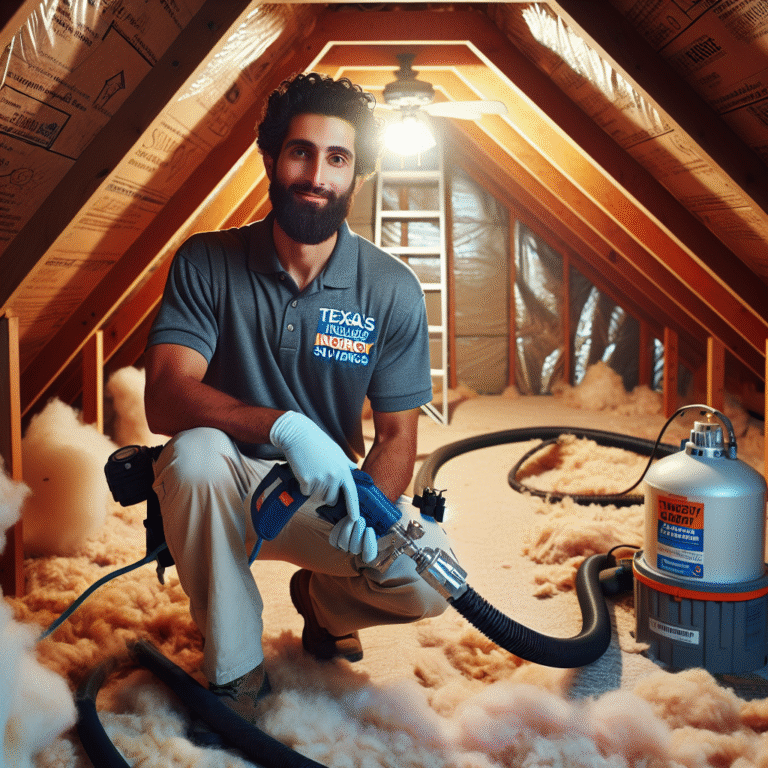-
Table of Contents
“Say goodbye to unwanted insulation with our efficient attic clean-up services.”
Introduction
Removing blown-in insulation from an attic is a necessary task for many homeowners. Over time, insulation can become compacted, damaged, or contaminated, reducing its effectiveness in keeping the home properly insulated. Additionally, removing old insulation may be necessary when renovating or upgrading the attic space. This process can be time-consuming and labor-intensive, but it is an important step in maintaining a well-insulated and energy-efficient home. In this guide, we will discuss the steps and considerations involved in removing blown-in insulation from an attic.
The Cost-Effective Guide to Removing Blown-In Attic Insulation
Removing blown-in insulation from your attic may seem like a daunting and expensive task, but with the right approach, it can be a cost-effective solution. Blown-in insulation, also known as loose-fill insulation, is a popular choice for attics due to its ease of installation and ability to fill small gaps and crevices. However, over time, it can become compressed, contaminated, or damaged, reducing its effectiveness and potentially causing health hazards. In this article, we will discuss the cost-effective guide to removing blown-in attic insulation.
The first step in removing blown-in insulation is to assess the condition of your attic. If the insulation is still in good condition and has not been damaged by water or pests, it may not need to be removed. In this case, you can simply add new insulation on top of the existing one. However, if the insulation is damaged or contaminated, it is essential to remove it before adding new insulation.
The next step is to gather the necessary tools and equipment for the job. These may include a dust mask, gloves, protective eyewear, a ladder, a shovel, a vacuum with a HEPA filter, and garbage bags. It is crucial to wear protective gear to avoid inhaling any dust or debris during the removal process.
Once you have all the necessary tools, you can begin the removal process. Start by clearing out any items or debris in your attic to create a clear workspace. Then, using a shovel or rake, gently loosen the insulation and create piles. Be careful not to damage any electrical wiring or fixtures in the attic. Once you have created piles of insulation, use a vacuum with a HEPA filter to remove any remaining debris and dust.
It is essential to dispose of the removed insulation properly. Blown-in insulation can contain harmful substances such as asbestos or fiberglass, so it is crucial to follow proper disposal guidelines. You can contact your local waste management facility to inquire about the proper disposal methods for insulation in your area.
If you are looking to save costs, you can consider renting a removal machine from a home improvement store. These machines are designed specifically for removing blown-in insulation and can make the process more efficient. However, it is essential to follow the manufacturer’s instructions carefully to avoid any accidents or damage to your attic.
Another cost-effective option is to hire a professional insulation removal service. These companies have the necessary equipment and expertise to remove the insulation safely and efficiently. They can also dispose of the insulation properly, saving you the hassle and potential health risks.
After removing the blown-in insulation, it is crucial to clean and disinfect your attic thoroughly. This step is especially important if the insulation was contaminated by pests or mold. Use a disinfectant spray to clean all surfaces and let it dry completely before adding new insulation.
Finally, it is time to add new insulation to your attic. There are various options available, such as fiberglass batts, cellulose, or spray foam insulation. It is essential to choose the right type of insulation for your attic, depending on factors such as climate, budget, and energy efficiency goals. You can consult a professional insulation contractor for advice on the best insulation option for your attic.
In conclusion, removing blown-in insulation from your attic can be a cost-effective solution if done correctly. It is essential to assess the condition of your attic, gather the necessary tools, and follow proper removal and disposal guidelines. You can also consider renting a removal machine or hiring a professional service to save costs. Remember to clean and disinfect your attic before adding new insulation to ensure a safe and efficient process. With these tips in mind, you can successfully remove blown-in insulation from your attic and improve your home’s energy efficiency.
DIY vs. Professional Removal: Which is Best for Your Attic Spray Foam Insulation?
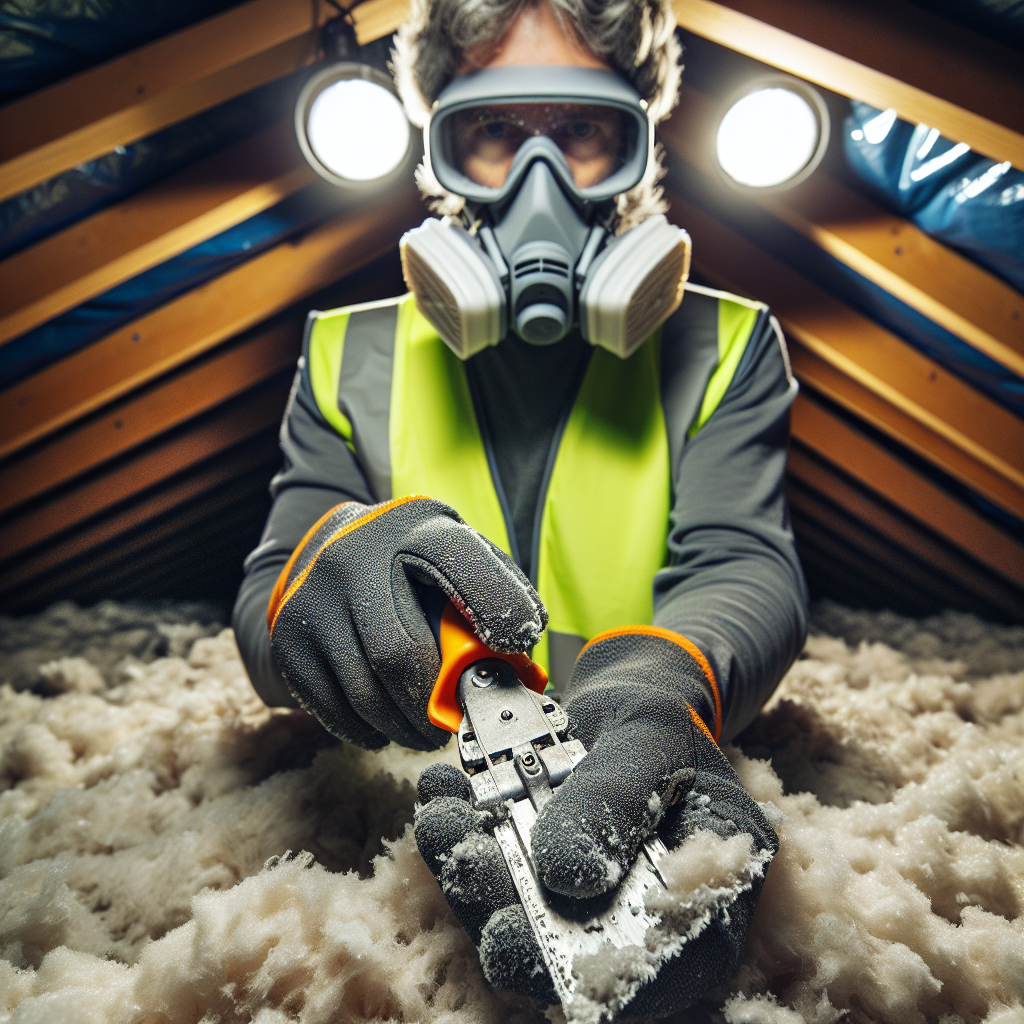
When it comes to removing blown-in insulation from your attic, there are two options: DIY or hiring a professional. While both have their pros and cons, it’s important to consider which option is best for your specific situation. In this article, we will discuss the differences between DIY and professional removal of spray foam insulation in your attic, and help you determine which is the best choice for your home.
DIY removal of blown-in insulation may seem like a cost-effective option, but it’s important to understand the potential risks and challenges involved. First and foremost, removing insulation from your attic can be a physically demanding and time-consuming task. The insulation is often heavy and difficult to maneuver, and the process of removing it can be quite messy. Additionally, if you are not familiar with the proper safety precautions and techniques, you could potentially expose yourself to harmful materials or even damage your attic in the process.
On the other hand, hiring a professional to remove the insulation can save you time and effort, as well as ensure the job is done correctly and safely. Professionals have the necessary equipment and expertise to efficiently remove the insulation without causing any damage to your attic. They also have the proper training and safety gear to protect themselves from any potential hazards. However, this option may come at a higher cost than DIY removal.
Another important factor to consider is the type of insulation in your attic. While DIY removal may be feasible for traditional fiberglass insulation, it can be much more challenging for spray foam insulation. Spray foam insulation is a popular choice for attics due to its superior insulating properties and ability to seal air leaks. However, it can be difficult to remove without the proper tools and knowledge. The foam hardens and adheres to surfaces, making it a more labor-intensive and time-consuming process to remove.
In addition to the physical challenges, there are also potential health risks associated with removing spray foam insulation. The foam contains chemicals that can be harmful if inhaled or come into contact with skin. Professional removal companies have the necessary training and equipment to safely handle and dispose of the insulation, reducing the risk of exposure to these chemicals.
Furthermore, DIY removal of spray foam insulation may not be as effective as professional removal. The foam can be difficult to remove completely, and any remaining residue can compromise the effectiveness of new insulation. This can result in higher energy bills and a less comfortable living space. Professional removal companies have the expertise to ensure all traces of the old insulation are removed, allowing for a clean and effective installation of new insulation.
In some cases, DIY removal may be a viable option for homeowners with experience and knowledge in insulation removal. However, for most homeowners, hiring a professional removal company is the best choice for a safe and effective removal process. It’s important to weigh the potential risks and challenges of DIY removal against the cost and benefits of hiring a professional.
In conclusion, when it comes to removing blown-in insulation from your attic, it’s important to consider the type of insulation, potential risks and challenges, and your own capabilities before deciding between DIY or professional removal. While DIY may seem like a cost-effective option, it’s important to prioritize safety and effectiveness when it comes to insulation removal. Hiring a professional removal company may come at a higher cost, but it can save you time, effort, and potential health risks in the long run.
The Hidden Dangers of Leaving Blown-In Insulation in Your Attic: Why Removal is Necessary
Blown-in insulation has become a popular choice for homeowners looking to improve the energy efficiency of their homes. It is a cost-effective and easy way to add insulation to attics, walls, and other areas of the home. However, many homeowners are unaware of the hidden dangers of leaving blown-in insulation in their attics. In this article, we will discuss why removal of blown-in insulation is necessary and the potential risks of leaving it in your attic.
First and foremost, blown-in insulation can pose a serious fire hazard if left in your attic. This type of insulation is typically made of cellulose, which is a highly flammable material. If a fire were to break out in your attic, the blown-in insulation would act as fuel, causing the fire to spread quickly and intensify. This can put your entire home at risk and endanger the lives of you and your family. In fact, according to the National Fire Protection Association, homes with blown-in insulation are four times more likely to experience a fire than homes without it.
Another danger of leaving blown-in insulation in your attic is the potential for mold growth. Moisture can easily get trapped in the insulation, especially if there are any leaks or ventilation issues in your attic. This creates the perfect environment for mold to thrive. Mold not only poses a health risk to you and your family, but it can also cause structural damage to your home. It can weaken the wood and drywall in your attic, leading to costly repairs.
Furthermore, blown-in insulation can attract pests and rodents. The loose fibers of the insulation make for a cozy nesting material for these unwanted guests. Once they make their home in your attic, they can cause damage to your insulation, wiring, and other components of your home. They can also carry diseases and create unsanitary conditions in your attic. Removing the blown-in insulation can help prevent these pests from taking up residence in your home.
In addition to these dangers, leaving blown-in insulation in your attic can also decrease the value of your home. If you are looking to sell your home in the future, potential buyers may be deterred by the presence of blown-in insulation. They may see it as a potential hazard and may request that it be removed before purchasing the home. This can be a costly and time-consuming process, and it may even affect the overall value of your home.
Now that we have discussed the potential risks of leaving blown-in insulation in your attic, let’s talk about the importance of removal. The first step in removing blown-in insulation is to have a professional inspection of your attic. They will be able to determine the type and amount of insulation present and assess any potential hazards. They will also be able to identify any areas that may need to be repaired or sealed before the insulation can be removed.
Once the inspection is complete, the removal process can begin. This is not a DIY project and should only be done by trained professionals. They will use specialized equipment to safely remove the insulation and dispose of it properly. They will also take precautions to prevent any mold or pest infestations during the removal process.
In conclusion, leaving blown-in insulation in your attic can pose serious risks to your home and your family. It is important to have it removed by professionals to ensure the safety and value of your home. Don’t wait until it’s too late, schedule an inspection and removal of blown-in insulation in your attic today.
Q&A
1) How do I remove blown in insulation from my attic?
To remove blown in insulation from your attic, you will need to use a vacuum or insulation removal machine. Start by clearing out any debris or large objects from the attic space. Then, use the vacuum or machine to suck up the insulation and deposit it into bags or a dumpster. Be sure to wear protective gear, such as a mask and gloves, to avoid inhaling any particles.
2) Can I remove blown in insulation myself or should I hire a professional?
It is possible to remove blown in insulation yourself, but it can be a time-consuming and physically demanding task. It is recommended to hire a professional if you are not experienced in this type of work or if you have a large amount of insulation to remove. Professionals have the necessary equipment and expertise to safely and efficiently remove the insulation.
3) What are the potential hazards of removing blown in insulation?
Removing blown in insulation can expose you to potential hazards such as inhaling particles, coming into contact with mold or pests, and falling from the attic space. It is important to wear protective gear and take necessary precautions to avoid these hazards. Additionally, if the insulation contains asbestos, it is best to hire a professional who is trained in handling and disposing of this hazardous material.
Conclusion
In conclusion, removing blown in insulation from an attic can be a challenging and time-consuming task. It requires proper safety precautions and specialized equipment to ensure the insulation is removed effectively and efficiently. It is important to hire a professional contractor with experience in insulation removal to avoid any potential hazards and ensure the job is done correctly. Removing blown in insulation can improve the energy efficiency of a home and create a healthier living environment. It is a worthwhile investment for homeowners looking to improve their attic space.


